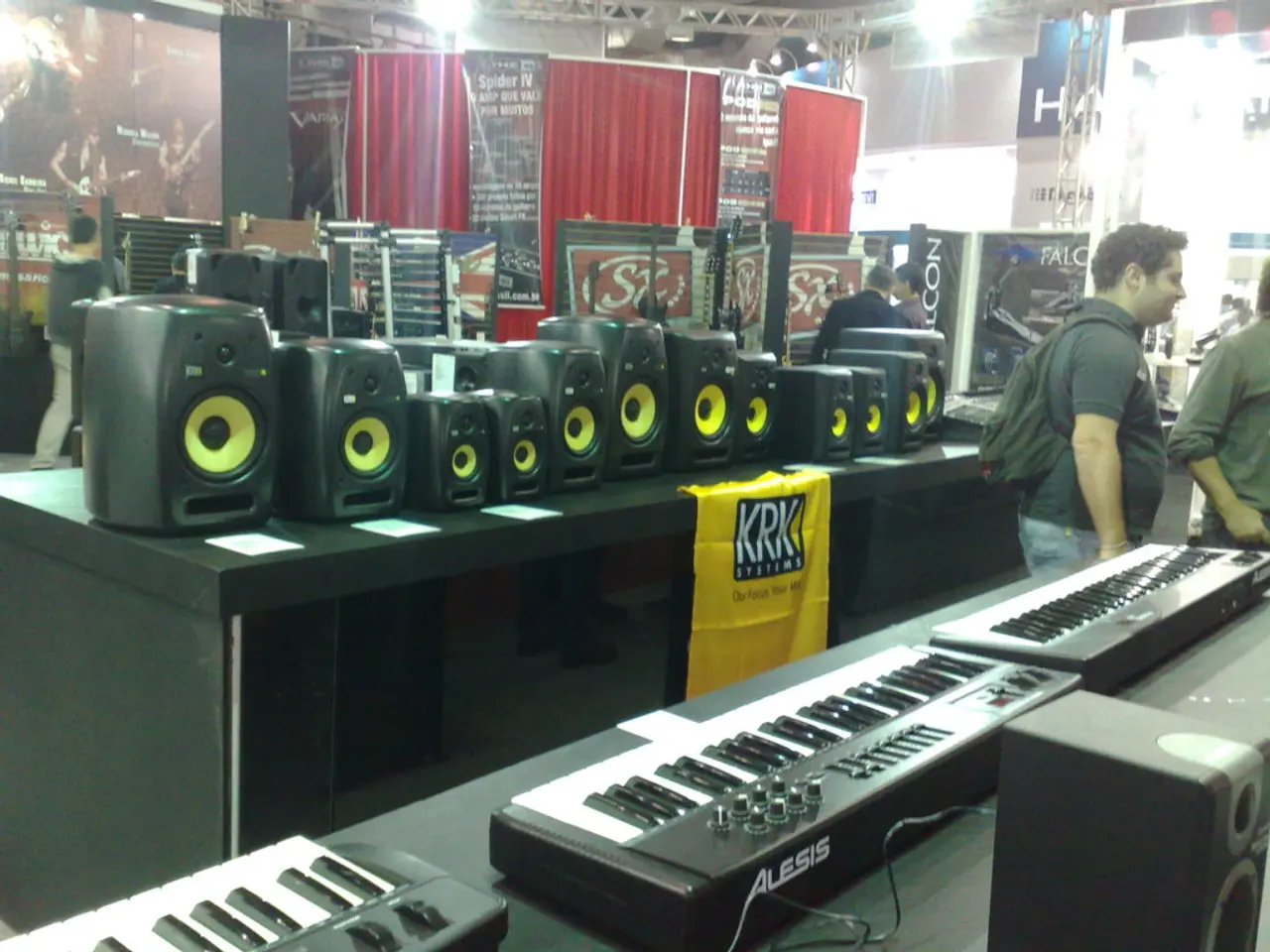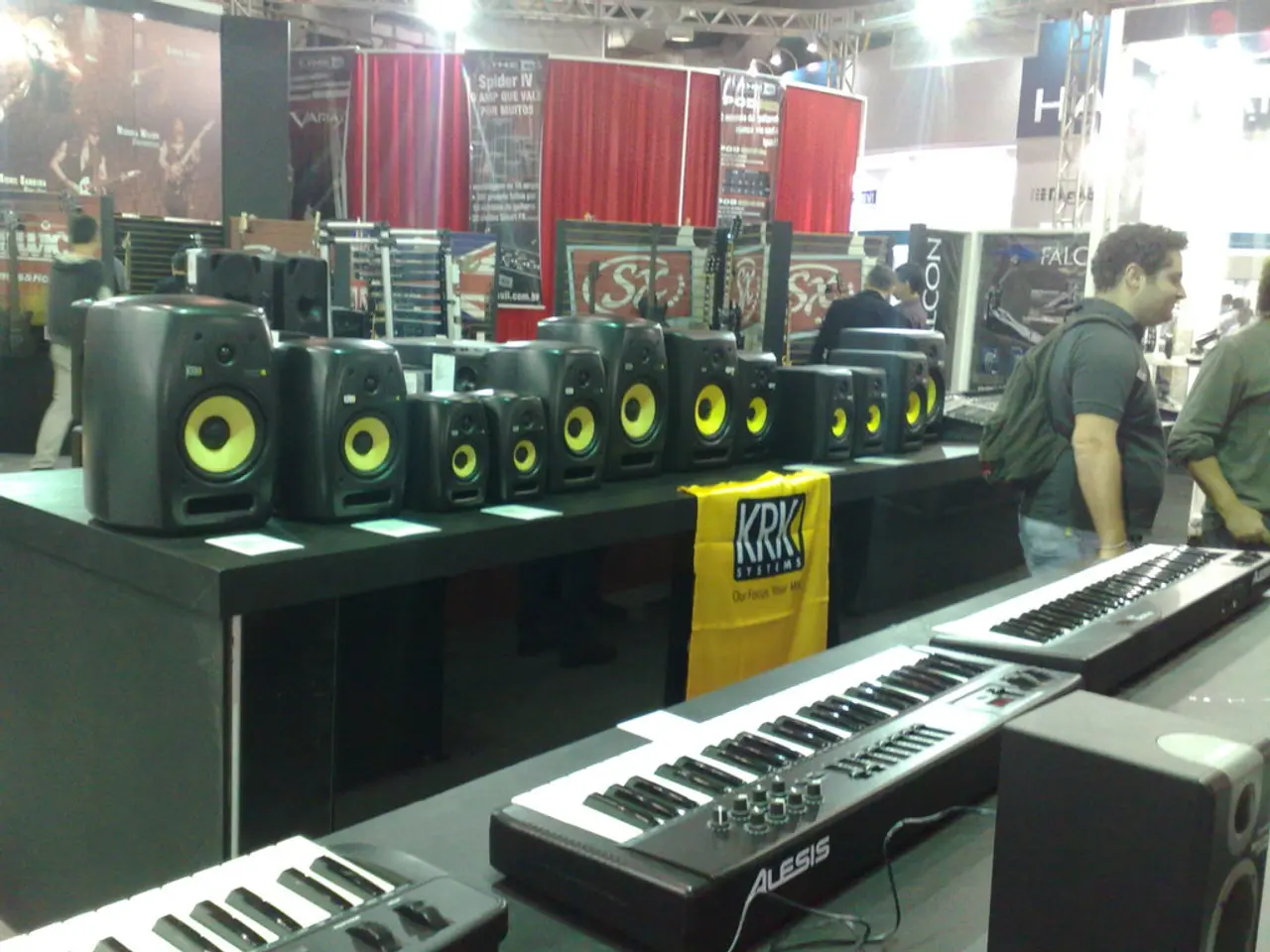Grain Alcohol Industry Set to Reach a Value of $20.2 Billion by 2034 with a Compound Annual Growth Rate (CAGR) of 4.2%
In the dynamic world of industrial and pharmaceutical applications, the Global Grain Alcohol Market is thriving, projected to reach an impressive USD 20.2 billion by 2034. This market's versatile applications, spanning beverages, pharmaceuticals, food preservation, biofuels, personal care, industrial solvents, and herbal extracts, are driving its growth.
Leading the charge in the market is ethanol, capturing a substantial 71.9% share. The preservative functionality of grain alcohol leads the way, holding a 44.7% share in total use. Sugarcane, with a lower carbon footprint, accounts for a 29.3% share as a key raw material.
Europe holds the largest share in the market in 2024, with a 42.9% market share and USD 5.7 billion in revenue. Notably, North America follows closely, benefiting from strong agricultural output and ethanol infrastructure.
Key players in the market include ChemCeed LLC, which specialises in high-purity grain alcohol for pharmaceutical and industrial applications, with recent advancements in enhanced distillation processes for ultra-pure ethanol. Other notable players are Diageo, ADM, Cristalco SAS, and Cargill Inc., each innovating and expanding their production to meet the growing demand for sustainable fuel, beverage alcohol, and clean-label products.
The growth of the market is propelled by several factors. The rising demand in the food and beverage industry, particularly in craft spirits and beer production, is a significant driver. Increased urbanization, higher disposable incomes, and the subsequent boost in consumption of processed and convenience foods further fuel market demand.
Expansion in global trade and the rise of emerging markets create new distribution channels and increase volume consumption, leading to growth opportunities. The utilization of ethanol co-products in animal feed adds value and supports demand for grain alcohol production outputs.
Sustainable production methods and innovations in fermentation technology promote market growth while improving eco-friendliness and efficiency. However, challenges such as health concerns related to alcohol consumption, raw material price volatility, and regulatory constraints may temper expansion.
The CAGR for food-grade alcohol markets, closely related to grain alcohol, is projected around 6.2% from 2025 to 2034, aligning with steady global growth expectations for grain alcohol during this period.
Asia Pacific is experiencing steady growth in the Grain Alcohol Market due to population growth, industrialization, and rising consumption of processed foods and alcoholic beverages. Latin America and the Middle East & Africa show increasing demand, driven by urbanization and awareness of natural ingredients.
In conclusion, the Global Grain Alcohol Market is a vibrant and growing sector, with a promising future in the coming decades. The market's resilience and adaptability, coupled with the ongoing innovations and sustainable practices of key players, promise a prosperous future for this dynamic industry.
[1] Market Research Report, [Year], [Title of the Report] [4] Industry Analysis Report, [Year], [Title of the Report]
- In the midst of the booming Grain Alcohol Market, Casino-and-gambling establishments could find a lucrative opportunity by innovating and incorporating ethanol, the dominant market player, into their drink offerings, contributing to their sustainability initiatives.
- The increasing urbanization, higher disposable incomes, and the subsequent boost in consumption of processed and convenience foods in Asia Pacific, Latin America, and Middle East & Africa regions could lead to the expansion of Casino-and-gambling venues, given the growing demand for alcoholic beverages, providing new potential markets for these industries.




